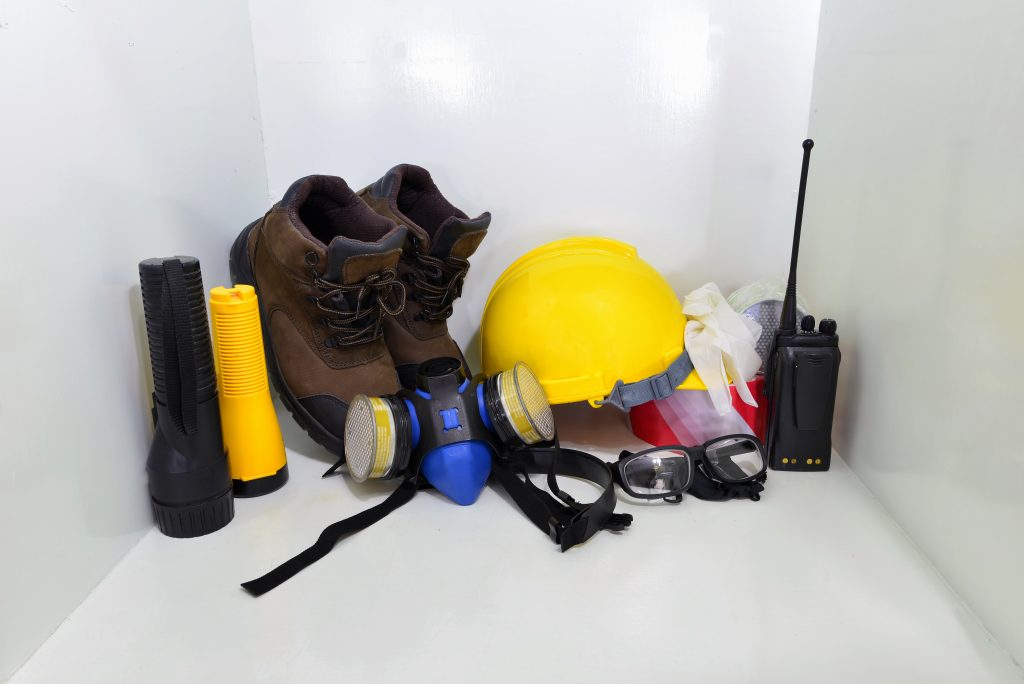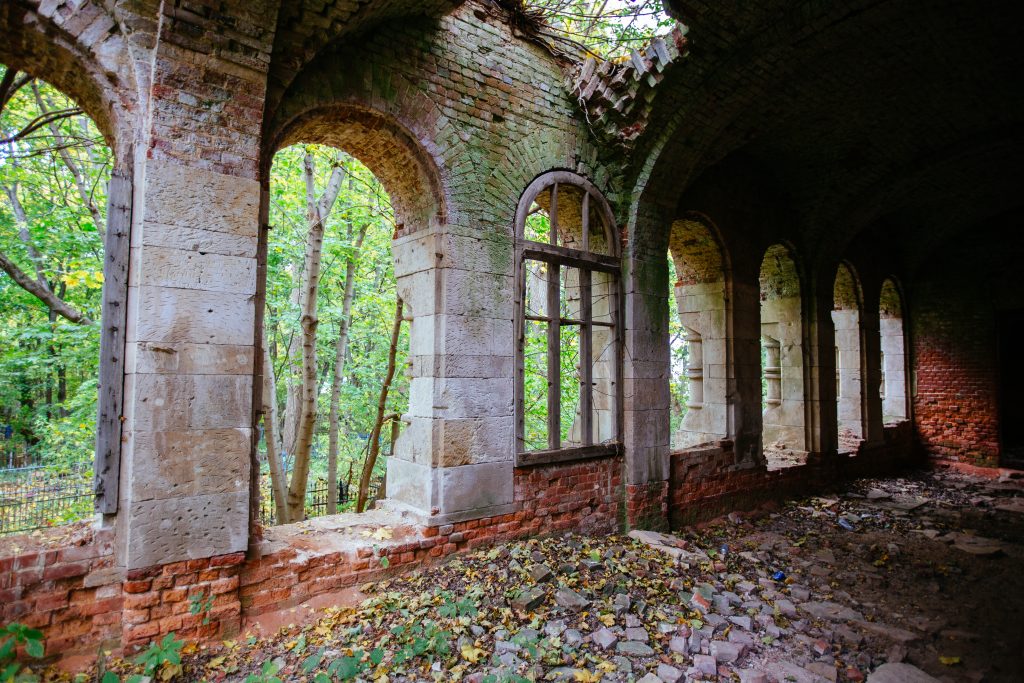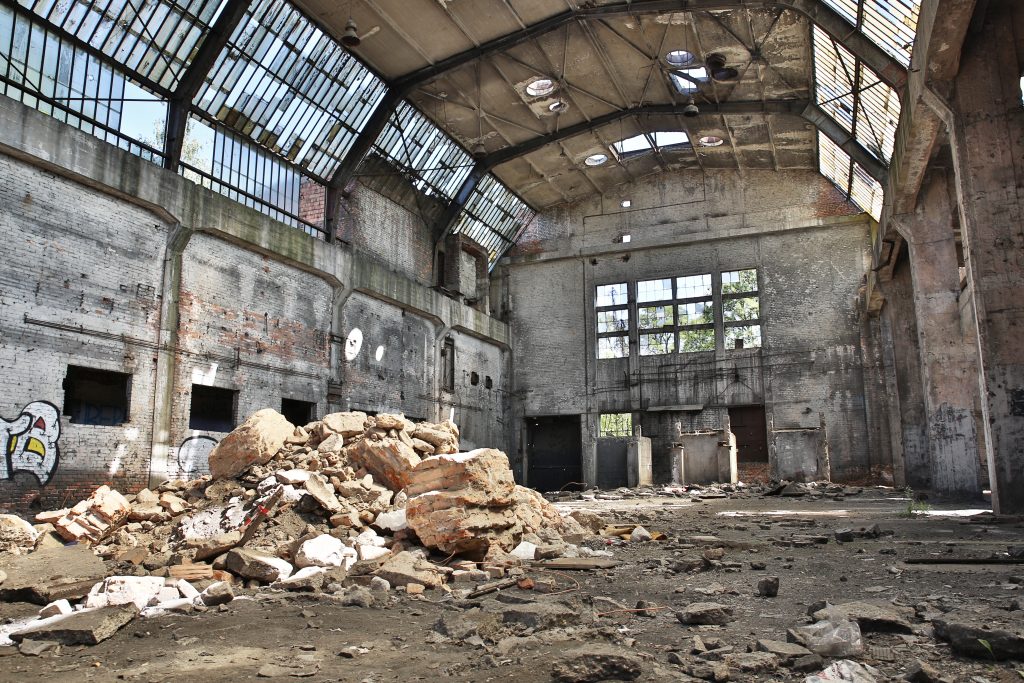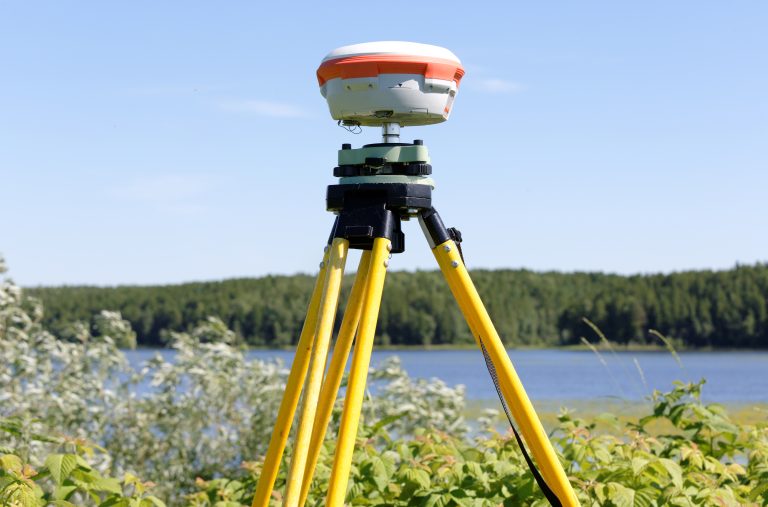Embarking on urban exploration can be like stepping into a parallel universe, where the forgotten and hidden come to life. Here’s your guide to navigating these concrete jungles safely, legally, and respectfully.
Urban exploration, or urbex, is the art of exploring man-made structures, particularly abandoned ruins, and not usually seen components of the urban environment. It’s about discovering the stories etched in the crumbling walls and silent halls. Always have a plan, know your limits, and be prepared for the unexpected (because trust me, there’s always something lurking around the corner).
1. Safety First: Gear Up!

Before diving into the shadows, gear up with essentials: a sturdy pair of boots, gloves, a flashlight, and a helmet can be lifesavers. Consider a respirator to filter out airborne nasties like mold or asbestos. And don’t forget a first-aid kit—because scraping your knee in a derelict factory is no picnic.
2. Legal Know-How: Dos & Don’ts
Trespassing laws are no joke. Always seek permission to explore a site; it’s better to be safe than sorry (or fined, or arrested). Be aware of local laws and regulations—ignorance isn’t a defense. If you can’t get permission, admire from afar; there’s plenty to see without breaking the law.
Hey hey! Don’t forget to subscribe to get our best content 🙂
3. Researching Abandoned Sites

The internet is a goldmine for urbex intel. Forums and social media groups are buzzing with location tips and tales of past expeditions. Historical archives can provide fascinating insights into a place’s past life (and sometimes, its ghosts). Always cross-reference information to avoid wild goose chases.
4. Navigational Tools & Tips
A GPS device or smartphone with mapping capabilities is crucial for keeping track of your route. Old-school paper maps can be lifesavers if technology fails. Pinpointing entry and exit points beforehand can prevent a lot of head-scratching (or panicking) in the field.
5. Cultural Etiquette & Respect
Remember, every site has a story and possibly sentimental value to others. Be respectful of the space and its history. Don’t deface or remove artifacts—it’s not only disrespectful, but it’s also usually illegal. Think of yourself as a ghost passing through; leave no trace of your presence.
6. Capturing the Experience
Photography is a powerful tool for sharing the beauty of decay. Use natural light to your advantage, and always have backup batteries. Remember, the goal is to capture the essence of the place, not to stage an Instagram photoshoot (save the selfie stick for the tourist spots).
7. Dealing with Hazards

Urban decay comes with risks: unstable floors, sharp objects, and hazardous substances. Assess the risks before you enter, and never go alone. If a place feels unsafe, trust your gut and bail—it’s not worth becoming a cautionary tale.
8. Leave No Trace Ethics
The urbex community lives by the mantra “take nothing but photos, leave nothing but footprints.” Vandalism and theft are not only illegal but also deeply frowned upon. Preserve the integrity of the site for future explorers; it’s the urbex code.
9. Joining the Urbex Community
Connecting with fellow urban explorers can enrich your experiences. Local groups often organize outings, share tips, and look out for each other. Online communities are also great for swapping stories and advice. Being part of the Urbex community means sharing a passion for the beauty found in decay.
So there you have it, the ins and outs of urban exploration. Remember, it’s about more than just adventure; it’s about preserving stories and respecting the past. Now, grab your gear, do your homework, and step into the extraordinary world of urbex.





